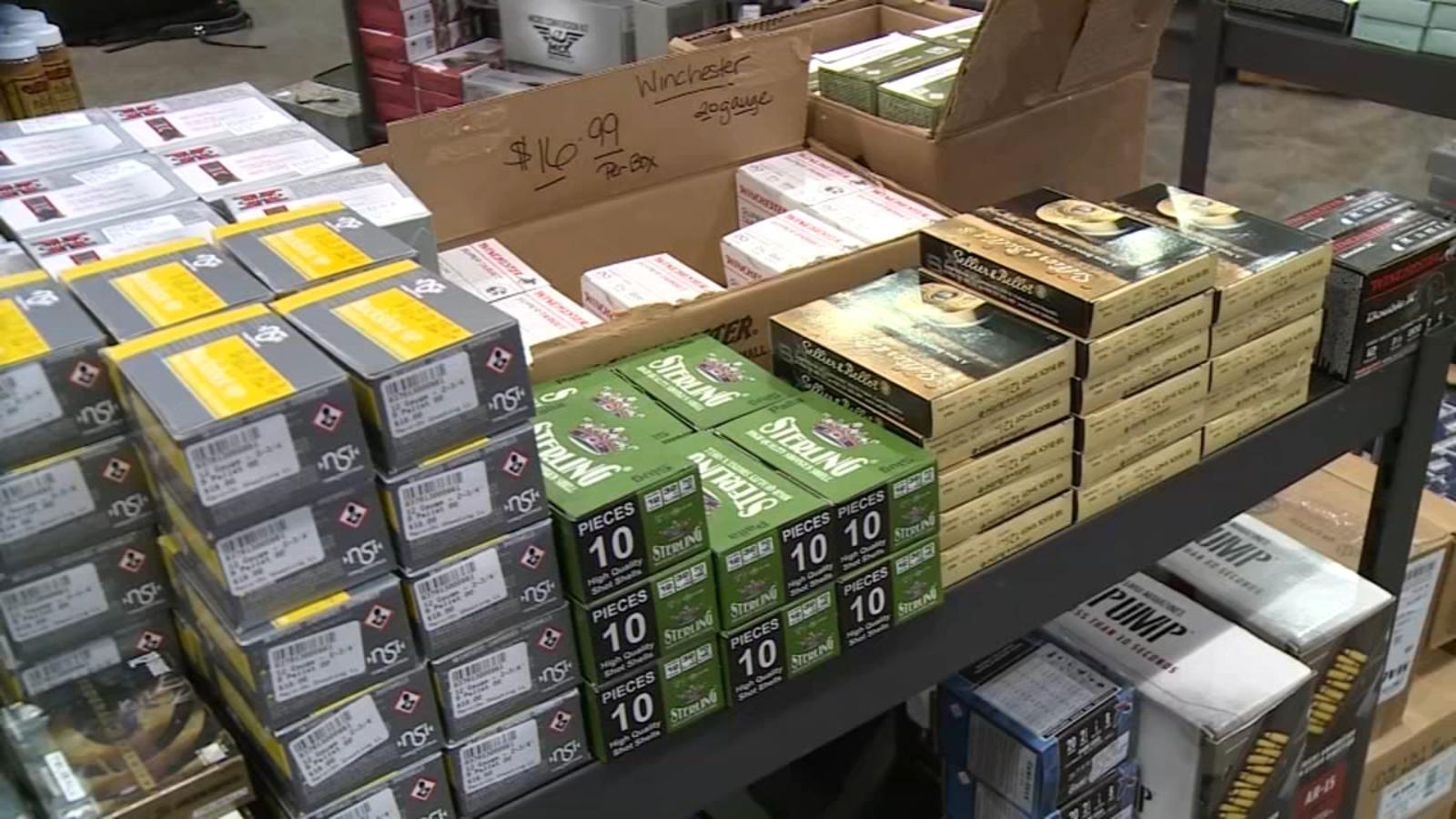The globe has been confronted with an unprecedented challenge: a lack of ammunition. Ammo is a necessary item, whether it is utilized in shooting sports, hunting, or by military and law enforcement forces. However, its scarcity has had far-reaching consequences in a variety of industries.
.
Factors Contributing to the Shortage
The spike in demand is one of the key causes of the ammunition shortage. Both the civilian and military sectors are battling for few resources. Manufacturing has slowed as a result of this, as well as interruptions induced by global events. Supply chain concerns and transportation issues have compounded the situation.
.
Impact on Shooting Sports and Hunting
This scarcity has affected both shooting sports enthusiasts and hunters. Recreational shooting activities have suffered as a result of decreased availability, causing discontent among keen shooters. Hunting seasons and conservation initiatives have also been impacted, requiring several places to rethink their management techniques.
.
Military and Law Enforcement Implications
Even the military and law enforcement authorities have been affected by the lack. Due to restricted ammunition supply, military training activities have been stretched, impacting readiness. Law enforcement agencies are having difficulty managing their stockpiles, which might jeopardize their operational capabilities.
.
Economic Factors
The shortage has brought about significant economic repercussions. Prices of available ammunition have skyrocketed, and the market has become increasingly volatile. Interestingly, this scenario has spurred growth in the custom ammo box industry, as ammunition enthusiasts seek innovative ways to store their precious supplies securely.
Environmental Concerns
With the growing demand for ammo, there's a parallel push for sustainable practices. The exploration of eco-friendly options, such as ammo boxes made from cardboard, aims to address the environmental impact of ammunition production. The focus is not only on meeting the immediate demand but also ensuring the long-term sustainability of the industry.
Innovation in Manufacturing
Manufacturers are exploring advanced production technologies to meet the demand more efficiently. One potential game-changer is 3D printing, which could revolutionize the way ammunition is produced. While this technology is still in its infancy, its implications for the industry are immense.
Global Geopolitical Dynamics
The shortage is not confined to a single country; it's a global issue influenced by geopolitical dynamics. International relations, trade agreements, and diplomatic ties all play a role in determining the availability of ammunition. This adds another layer of complexity to an already intricate problem.
Solutions to Alleviate the Shortage
Addressing the ammo shortage requires a multifaceted approach. Governments and manufacturers must collaborate to find solutions. Investing in domestic ammo production can reduce dependence on international sources. Additionally, promoting responsible buying practices and discouraging excessive stockpiling can help stabilize the market.
Community Responses and Adaptations
Communities have responded to the shortage with creativity and resilience. Some enthusiasts have turned to reloading - the process of crafting their own ammunition - as a way to mitigate the scarcity. Others are showing support for local shooting ranges and clubs, recognizing their role in sustaining the shooting ecosystem.
Legal and Regulatory Considerations
Regulations can significantly impact the availability of ammunition. Advocacy and lobbying efforts play a role in shaping these regulations, with different outcomes in various regions. Striking a balance between regulation and ensuring a steady supply is crucial.
The Future of Ammunition Supply
The shortage has prompted reflection on the future of ammunition packaging supply. Anticipating potential trends and challenges is essential to prevent such shortages from occurring again. Diversifying supply chains and exploring innovative production methods will be pivotal in maintaining a stable ammo market.
Conclusion
The shortage of ammunition is a complex issue with far-reaching consequences. From recreational shooters to law enforcement agencies, the scarcity of ammo affects various sectors. Addressing this problem requires cooperation, innovation, and a commitment to ensuring that the availability of ammunition meets the needs of society while safeguarding its future.
FAQs
-
Is the ammo shortage a global phenomenon? Yes, the shortage of ammunition is being experienced on a global scale, influenced by various factors.
-
How are shooting sports enthusiasts coping with the shortage? Many enthusiasts are turning to reloading their ammunition and supporting local shooting clubs to adapt to the shortage.
-
Are there any eco-friendly alternatives in the ammunition industry? Yes, there is a growing interest in using eco-friendly materials like cardboard for ammo boxes to address environmental concerns.
-
What role does geopolitics play in the ammo shortage? Geopolitical dynamics impact trade agreeme.
